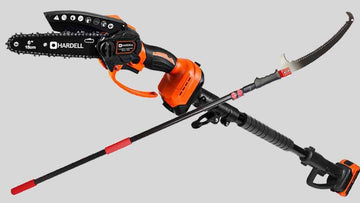When considering a new business venture or hobby,one of the biggest decisions is choosing the right equipment.In the world of wall printing,this means deciding between buying a new or used wall printer.While both options come with their pros and cons,a used wall printer can offer significant savings and still deliver excellent results—if you know what to look for.
New vs.Used Wall Printers:Understanding the Basics
New Wall Printers:
Latest technology and improved performance
Full warranty and customer support
Long operational lifespan
Used Wall Printers:
More affordable,lower upfront cost
Ideal for testing the market or part-time use
Riskier,especially without proper inspection
Why Choose a Used Wall Printer?
If you're starting a small project or exploring the potential of wall printing,a used printer might be the right choice.Here are a few reasons why:
Affordable Entry Point:The lower price makes it easier to get started,especially if you're testing the waters in a competitive market.
Quick ROI:With a lower initial cost,you can expect a faster return on investment,especially for small projects.
Part-Time Use:For non-commercial,occasional use,a used printer will likely serve your needs without breaking the bank.
Risks to Consider
Wear and Tear:Older printers may have mechanical or structural wear.
Limited Support:Manufacturers often won’t provide support for second-hand machines,leaving you on your own.
Outdated Software:Older machines may not support the latest software features.
Key Areas to Inspect Before Buying a Used Wall Printer
Printhead Condition:Make sure the printhead is in good condition to avoid print quality issues.
Software and Firmware:Ensure the software is stable and up-to-date.
Mechanical Components:Check for any worn-out or misaligned parts.
UV Lamp:Make sure the UV lamp functions properly for curing ink.
Certified Used Wall Printers:A Safer Investment
If you want the benefits of a used printer with fewer risks,look for certified used wall printers.These machines are inspected and restored by professionals to ensure they meet industry standards.
Why Choose a Certified Used Wall Printer?
Comprehensive inspections and factory tests
Limited warranty on key components
Remote technical support and access to spare parts
Conclusion
A used wall printer can be a fantastic way to enter the business with minimal risk,especially if you’re not yet ready to invest in a new machine.By opting for a certified used model,you can reduce the risks and enjoy the benefits of wall printing without the high price tag of a new printer.





















